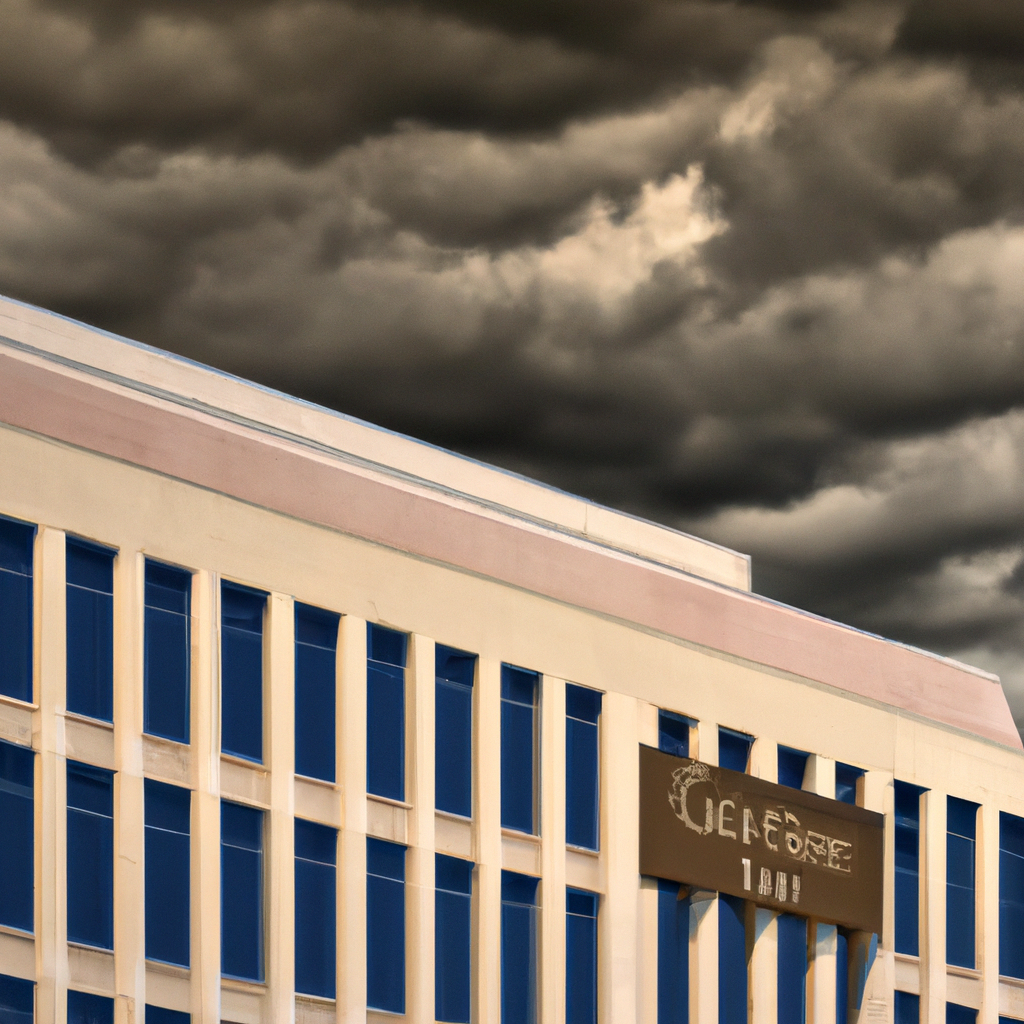As interest rates remain at their highest levels in over two decades and inflation impacts consumers, major banks are preparing for increased risks associated with their lending practices.
During the second quarter, JPMorgan Chase, Bank of America, Citigroup, and Wells Fargo increased their reserves for credit losses compared to the previous quarter. These reserves represent the funds banks set aside to cover possible losses from credit risks, including bad debt and delinquent loans, particularly in the commercial real estate sector.
JPMorgan allocated $3.05 billion for credit losses in the second quarter, Bank of America set aside $1.5 billion, Citigroup’s total allowance for credit losses reached $21.8 billion, which was more than three times the build from the prior quarter, and Wells Fargo had provisions of $1.24 billion.
These increasing reserves indicate that banks are preparing for a more challenging economic environment where both secured and unsecured loans may lead to greater losses. According to a recent analysis by the New York Federal Reserve, Americans currently owe a total of $17.7 trillion in consumer loans, student loans, and mortgages.
Simultaneously, credit card issuance and delinquency rates are rising as individuals exhaust their pandemic savings and increasingly rely on borrowed funds. During the first quarter of this year, credit card balances climbed to $1.02 trillion, marking the second consecutive quarter where totals surpassed a trillion dollars, as reported by TransUnion. The commercial real estate market is also facing significant challenges.
Brian Mulberry, a client portfolio manager at Zacks Investment Management, noted that the economy is still recovering from the effects of the COVID-19 pandemic, particularly in relation to banking and consumer health, which were bolstered by widespread stimulus measures.
However, potential issues for banks are expected to emerge in the upcoming months. Mark Narron, a senior director at Fitch Ratings, indicated that the provisions made by banks might not directly reflect recent credit quality but rather their expectations for future trends.
He explained, “Now, the macroeconomic forecast heavily influences provisioning, shifting away from the historical norm where loan defaults prompted increased provisions.”
In the short term, banks anticipate slower economic growth, higher unemployment rates, and expect to implement two interest rate cuts later this year. This outlook raises concerns regarding increased delinquencies and defaults toward year-end.
Citigroup’s chief financial officer, Mark Mason, pointed out that warning signs are particularly evident among lower-income consumers, who have experienced a decline in savings since the pandemic began.
“While overall consumer resilience is still observed in the U.S., there’s a noticeable disparity in financial behavior across different income and credit score brackets,” Mason explained. He highlighted that only the highest income quartile has managed to increase their savings since 2019, largely driven by those with credit scores above 740.
According to the Federal Reserve, interest rates are currently set between 5.25% and 5.5%, a 23-year high, as the central bank awaits stabilization in inflation toward its 2% target before proceeding with anticipated rate cuts.
Despite preparing for a potential rise in defaults in the latter half of the year, analysts see no immediate consumer crisis. Mulberry observes a division between homeowners and renters. He noted that while interest rates have surged, homeowners secured low fixed rates on their debts, allowing them to avoid significant financial strain, unlike renters who faced rising costs without the benefit of locking in lower rates.
With rents increasing by over 30% nationwide and grocery costs rising 25% in the past four years, renters are feeling financial pressure as their rental prices outpace wage growth.
For now, the latest earnings reports suggest that the banking sector remains robust, with no significant changes in asset quality. Strong revenues and profits, along with stable net interest income, indicate a healthy banking environment. Mulberry stated, “The structures of the financial system are still very strong and sound. However, we must remain vigilant, as prolonged high-interest rates could lead to increased financial strain.”
